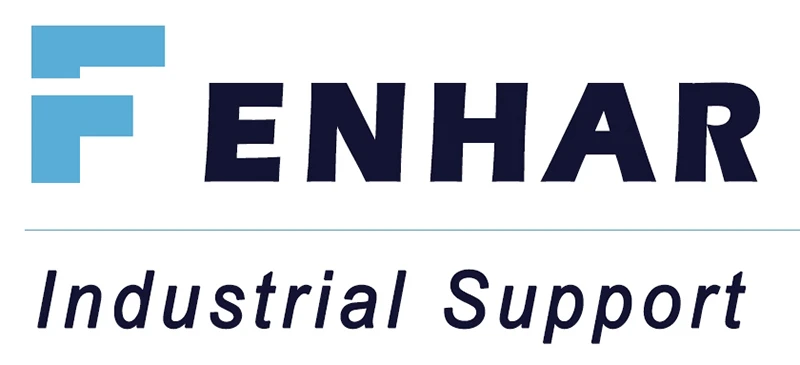In the world of vacuum pumps, particularly in rotary vane and dry vacuum pumps, selecting the right vane material is essential for performance, durability, and efficiency. Insulation materials like G10, G11, and FR4 are popular choices for vacuum pump vanes due to their unique properties, such as high insulation, durability, and wear resistance.
Understanding G10, G11, and FR4 Insulation Materials
G10, G11, and FR4 are all composite materials made from epoxy resin and fiberglass, each with specific advantages depending on their formulation. These materials are especially valuable in high-demand industrial settings due to their mechanical strength, insulation properties, and resistance to wear and heat. Let’s break down each material and how it applies to vacuum pumps.

G10: Versatile and Durable
G10 is an epoxy-based composite that’s often used in rotary vane vacuum pumps and dry vacuum pumps operating under low-to-moderate load conditions. Known for its high mechanical strength and good insulation properties, G10 is an excellent choice for environments with moderate temperatures.
Applications for G10:
- Manufacturing: G10 is commonly used in plastic molding, printing, and packaging machinery where vacuum formation is essential.
- Laboratories: Rotary vane pumps with G10 vanes are ideal for lab settings requiring consistent vacuum without high heat.
- Food Packaging: The food industry uses G10-based vacuum pumps to ensure freshness and extend shelf life through vacuum sealing.
G10 versatility makes it a reliable option for settings where vacuum pumps aren’t exposed to extremely high temperatures.
G11: High-Performance in High-Temperature Environments
G11 is similar to G10 but offers enhanced heat resistance, capable of withstanding temperatures up to 180°C. This feature makes it ideal for vacuum pumps exposed to high-temperature or high-stress conditions. G11 is particularly popular in industries like semiconductors and chemical processing, where temperatures often exceed standard levels.
Applications for G11:
- Semiconductor Manufacturing: The semiconductor industry requires high-purity and high-temperature environments where G11 heat resistance ensures performance.
- Chemical Processing: Chemical plants often require pumps resistant to corrosive materials; G11 provides excellent durability under these conditions.
- Pharmaceuticals: In drug manufacturing, high-temperature vacuum processes are common. G11 vanes help maintain consistent vacuum levels in drying, separating, and filtration stages.
The superior heat resistance and durability of G11 make it ideal for high-temperature applications where other materials might degrade quickly.
FR4: Insulation and Flame Resistance
FR4 is another fiberglass-epoxy composite similar to G10 but with added flame resistance. This quality makes it suitable for environments where safety and insulation are paramount. FR4 is commonly used in medical devices, printing, and textile manufacturing, where maintaining a flame-retardant and insulated environment is critical.
Applications for FR4:
- Medical Equipment: Medical facilities use FR4-based dry pumps in vacuum applications, such as surgical suction devices, where insulation and safety are essential.
- Printing and Textiles: FR4 is also used in printing and textile vacuum pumps, where electrical insulation is needed to prevent static build-up.
- Biotechnology: In labs and biotech industries, FR4 materials provide reliable insulation in equipment where safety and fire resistance are non-negotiable.
FR4 flame retardance and insulation properties make it a valuable material in sensitive environments where safety regulations are stringent.
Comparing G10, G11, and FR4 for Vacuum Pump Vanes
To better understand which material fits your vacuum pump application, here’s a quick comparison:
| Material | Ideal Pump Types | Key Properties | Common Applications |
|---|---|---|---|
| G10 | Rotary vane, dry pumps | High strength, moderate heat resistance | Manufacturing, labs, food packaging |
| G11 | Rotary vane, dry pumps | High strength, high heat resistance | Semiconductor, chemical processing, pharmaceuticals |
| FR4 | Dry pumps | Flame retardant, excellent insulation | Medical devices, printing, textiles |

